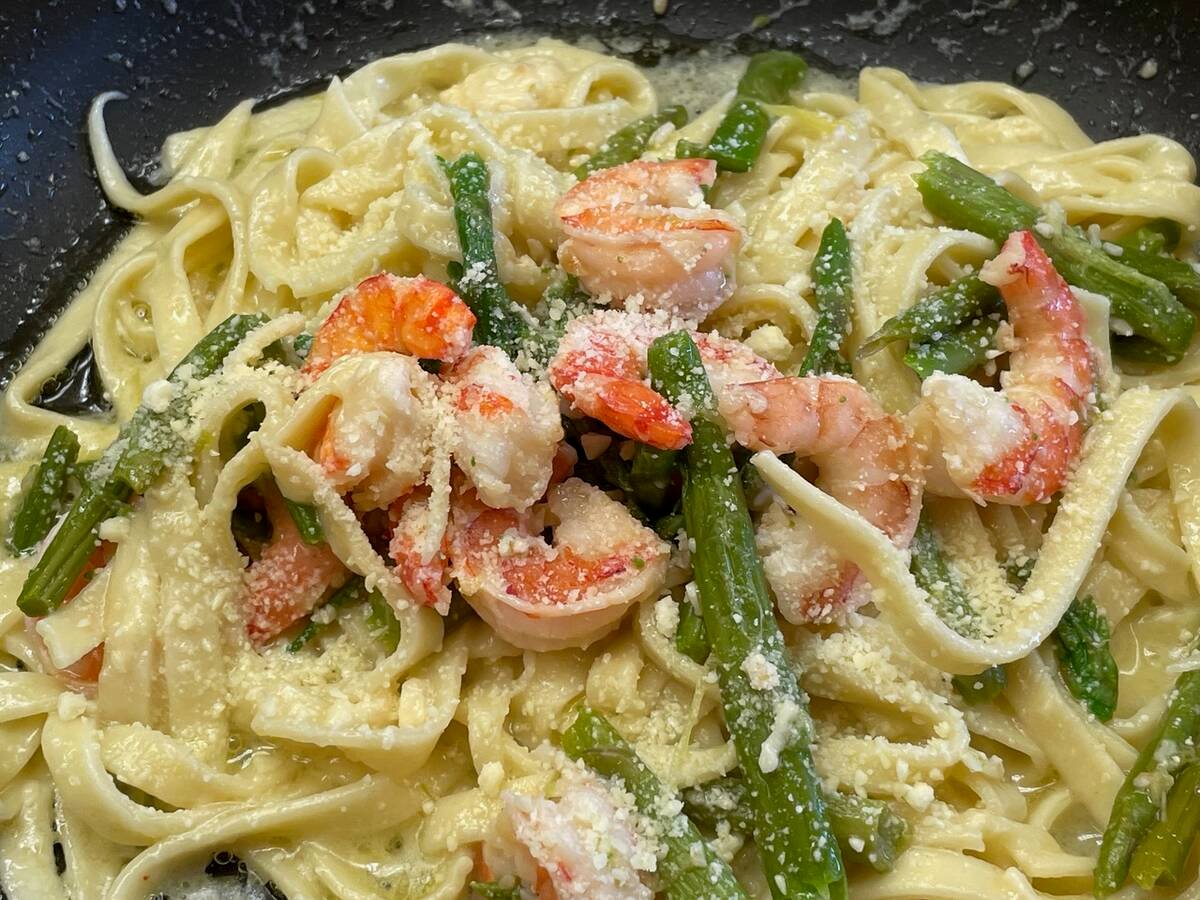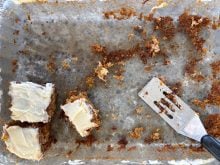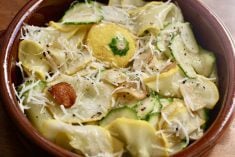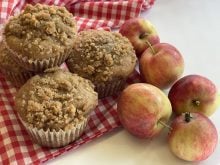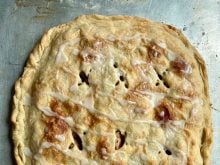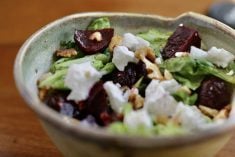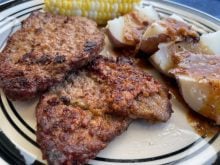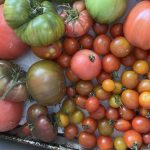The durum wheat grown in Western Canada is recognized globally as the ultimate ingredient for making high quality pasta.
The soil conditions and climate found in southern Alberta and Saskatchewan produce this quality durum, which is referred to as Canada Western Amber Durum (CWAD). It is recognized for its high protein content, gluten strength, bright yellow pigment and excellent semolina yield.
According to Statistics Canada numbers from 2025, Canada is the world’s leading producer of durum, with an average seeded area of six million acres and a five-year average production of 5.1 million tonnes.
Read Also

Students urged to consider veterinary medicine
Alberta government makes $86.5 million investment in University of Calgary to double capacity for its veterinary medicine program to address labour shortages in the field.
Semolina is durum wheat that is more coarsely ground than normal wheat flours.
When it is milled from Canada Western Amber Durum, it is known for its yellow colour and high protein content.
Semolina provides exceptional firmness to cooked pasta, resulting in a perfectly al dente texture, meaning that it is not overly soft or sticky.
Semolina is considered the ultimate ingredient for making high-quality pasta. It is also a staple ingredient in Middle Eastern and North African cuisine.
Oct. 25 is celebrated as World Pasta Day annually. According to the International Pasta Organization, more than 600 different shapes of pasta are produced globally.
Whatever the shape and size, pasta is delicious, versatile and affordable. It provides a quick and easy meal base that pairs perfectly with lean proteins, vegetables and healthy fats.
Pasta provides essential nutrients such as complex carbohydrates for energy and fibre for digestive health, and enriched pastas include folic acid, iron and several B vitamins.
New research shows that people who eat pasta generally have better diets than those who don’t, largely because they eat more necessary nutrients and less sugar.
In some pasta recipes, the term “00” is used to describe the flour. This term is used in Italy to describe an Italian flour milling grade and protein level.
For flour milled in Canada, the term “00 Style” must be used. This flour is ideal for high-temperature pizza ovens and can also be used for other baked goods such as focaccia, artisan breads and fresh pasta.
Easy homemade pasta
Roll the dough out by hand or use a pasta machine to roll and cut the dough into a desired pasta shape.
Makes four servings.
- 2 c. flour 500 mL * *I used Robin Hood 00 Style Pizza Flour
- 3 large eggs, at room temperature
- 2 tbsp. olive or canola oil 30 mL
- 1 tsp. salt 5 mL
- 2 tbsp. water, or as needed 30 mL
Optionally use:
- 1 c. all-purpose flour 250 mL
- 1 c. semolina flour 250 mL
Mix flour and salt together and place on a clean counter or pastry board. Mix eggs, oil and water together in a small bowl.
Make a well in the centre of the flour mixture and pour in egg mixture. Using a fork, work flour into the egg. When dough becomes too thick to mix with fork, begin kneading with hands. Knead dough until it is smooth and supple, eight to 10 minutes. Add a little more water or dust work surface with more flour as needed. The goal is a soft, malleable dough with a talcum powder finish. When poked, the dough should bounce back.
Wrap dough tightly in plastic wrap and allow it to rest for 30 minutes.
Roll out dough with a pasta machine or a rolling pin to desired thickness. Cut into noodles or run though a pasta cutter.
Bring a large pot of salted water to a boil. Cook pasta in boiling water until tender yet firm to the bite, one to three minutes. Lift from water with tongs and toss with sauce. Add pasta water to thin sauce if needed.
Pasta is best cooked fresh, or coil and place in plastic bags and freeze for later use. Cook from frozen.
Adapted from: allrecipes.com
Traditional fettuccini alfredo
Serves two.
Real alfredo sauce is a creamy three-ingredient dish made from butter, parmesan cheese and fresh egg fettuccini. It comes together by simmering starchy pasta water with cold butter and cheese. No cream is added.
- 8 oz. fresh homemade egg fettuccini pasta 227 g
- 3 oz. parmesan cheese (block) 56 g
- 4 tbsp. good-quality unsalted cold butter 60 g
- salt, to taste
- 1 1/2 qt. water 1.5 L
- 1 tsp. salt 5 mL
Make fresh homemade pasta.
Preheat oven to lowest setting. Place two oven-safe bowls in oven to warm.
Cut parmesan cheese into small chunks. Process until finely ground in a food processor, set aside.
Arrange butter in 10-inch skillet or Dutch oven. Melt over medium-low heat.
Bring water and salt to a boil, add pasta and cook for two to three minutes. Taste for doneness. Do not drain.
While pasta is cooking, add 1/4 cup of starchy pasta cooking water to melted butter and simmer until combined and slightly foamy.
When pasta is cooked, transfer with tongs to skillet. Increase heat to medium and toss several times to coat pasta strands in melted butter. Keep tossing until sauce starts to thicken and becomes less “watery” and looks glossy, about 30 seconds.
Add a small handful of cheese and toss again until melted. Add another splash of pasta water, about 1/4 cup, then more cheese. Keep tossing. This back-and-forth is what thickens the sauce naturally.
If at any point the consistency becomes too dry, or it thickens or absorbs too quickly, lower heat and add more water, as needed, up to 3/4 to one cup total.
To finish, taste pasta. Season with salt, if necessary.
To serve, remove warm bowls from oven. Portion out pasta, spooning some of sauce on top. Garnish with extra parmesan. Serve immediately.
Adapted from theclevercarrot.com.
Shrimp fettuccini
Make traditional fettuccini alfredo as above.
- 1/4 c. butter 60 mL
- 1 1/2 tsp. minced garlic 7 mL
- 1/2 – 285 g bag frozen, uncooked shrimp about 25 shrimp
- fresh asparagus
While water is heating to cook pasta, melt butter in a separate pan, stir in garlic for a minute. Add shrimp and stir until they turn pink, add asparagus, cover pan with a lid and gently steam one to two minutes and set aside. Serve on top of the fettuccini alfredo.
Source: Deobald family recipe
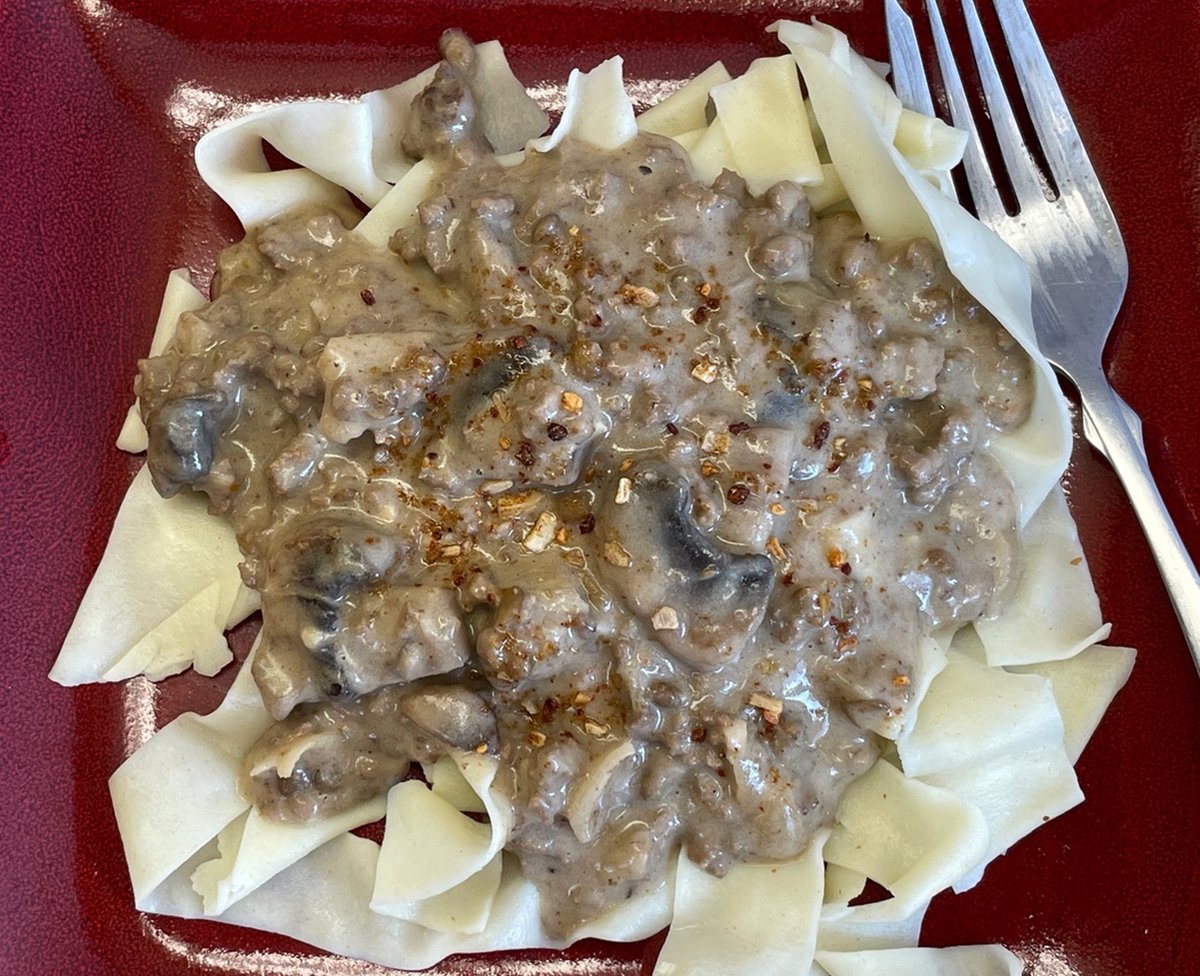
Egg Noodles (Nudeln)
These are a traditional German egg noodle, similar to what my mother-in-law, Maria Deobald, made.
- 1 egg
- 2 tbsp. water 30 mL
- 1/2 tsp. salt 2 mL
- 1 – 1 1/4 c. flour 250 – 310 mL
Beat egg and water in a small bowl. Combine flour and salt on a floured pastry board, make a well in centre of flour and pour beaten egg into the well. Gradually work in flour until dough holds together. If it remains sticky add a little more flour until dough is smooth enough to handle.
Knead dough five to 10 minutes until smooth and elastic. Lightly flour dough and shape into a ball and let stand uncovered for 10 minutes to dry. Cut dough into thirds and roll out with a floured rolling pin to tissue thinness or use a pasta roller to roll the dough.
Place dough on clean towel and let dry 20 minutes. The dough should be pliable but not tacky.
Starting at the narrow end, roll noodle dough jelly-roll fashion and cut into crosswise slices for the desired width of noodle. Generally, noodles are cut 1/8 to 1/4 inch widths for soup and about 1/2 inch wide for a side dish. Unroll slices, scatter on a clean cloth and let dry five to six hours before cooking.
A neighbour, Betty Ann Rollheiser, once recalled that when she was a girl, the noodles were spread on a clean sheet on an unused bed and allowed to dry for two to three days until they would snap when broken. Then they were left to dry one more day before being placed in clean glass sealers and stored for future use.
Cook dry noodles in boiling salted water eight to 10 minutes, drain and add to beef or chicken broth just before serving.
Fresh pasta making tips
It is recommended to weigh the flour and eggs to get a consistent soft pliable dough. For 100 grams of flour, add 57 grams of egg or egg and a little water to get 57 grams. The more the dough is kneaded, the smoother the dough will become.
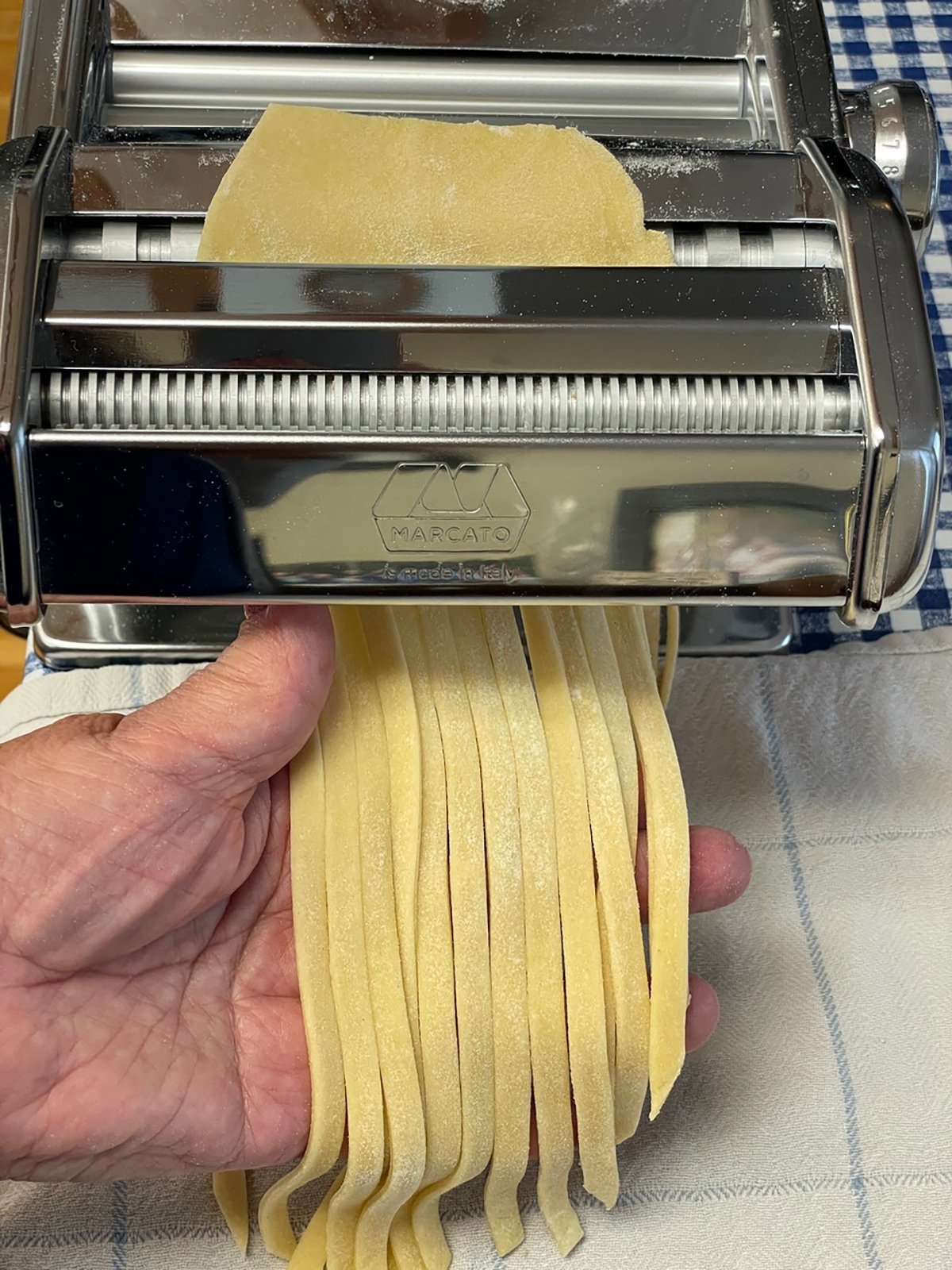
Pasta dough dries out quickly. Keep it covered with plastic wrap.
Dust cut pasta with flour to keep pieces from sticking together and then cover with a towel or plastic wrap until ready to cook.
Leave at room temperature if cooking within one to two hours. Alternatively, refrigerate until ready to cook, up to 12 hours. It’s best to cook homemade pasta on the same day it’s made, otherwise it might oxidize, discolour and stick together if chilled past 24 hours.
For longer storage, freeze pasta by twirling a handful of pasta into a mound and place into a plastic bag. Several mounds can be put into each bag. Seal and freeze for up to three months. Cook from frozen.
Remembering Liz Delahey
Many readers will remember Liz Delahey, a former Western Producer women’s editor and Farm Living editor as well as the editor of the Western People magazine. Liz passed away Sept. 16 at the age of 93.
Through her work with the Western Producer, Liz became well-known and highly respected across rural Western Canada. She championed women’s issues and understood the concerns of farm people.
In addition to being a writing colleague of mine, we shared our home economics education and professional backgrounds, attending conferences together and working on several committees.
Liz was a good friend, mentor and respected colleague. My sympathies go out to her husband Art, of 71 years, and her family.
Betty Ann Deobald is a home economist from Rosetown, Sask., and a member of Team Resources. Contact: team@producer.com.


